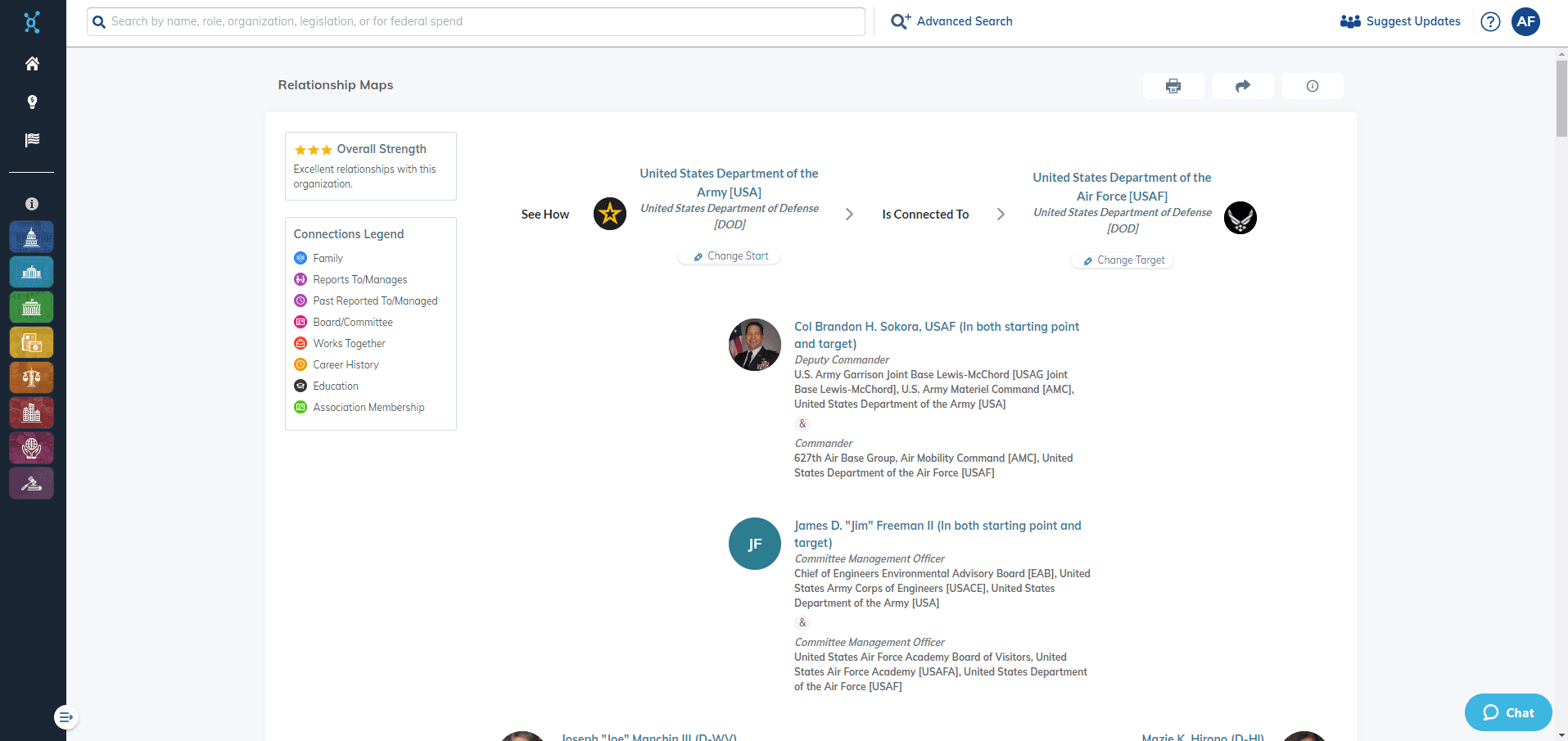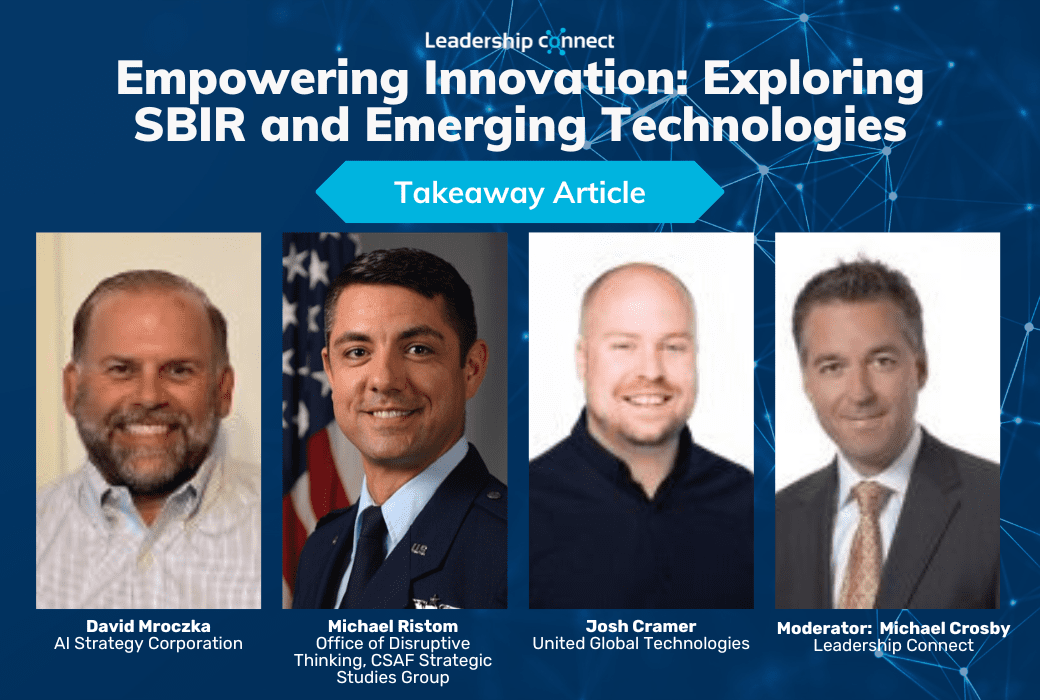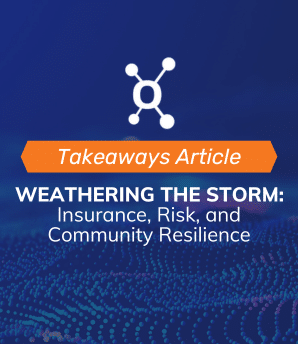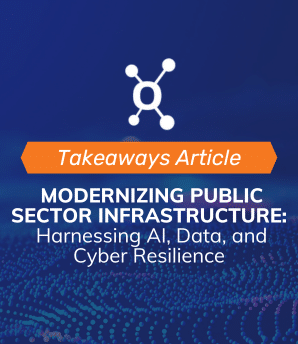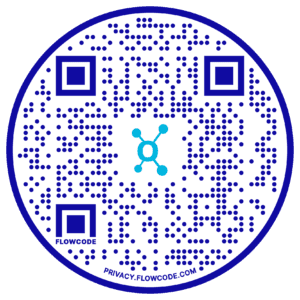As the Small Business Innovation Research (SBIR) program advances with emerging technologies, new challenges and opportunities arise for both public and private sector decision-makers. On May 16, Leadership Connect hosted industry leaders to facilitate a conversation regarding the unique opportunities and innovative solutions shaping small businesses and SBIR programs.
The expert panel included:
David Mroczka: Chief Executive Officer and Founder, AI Strategy Corporation
Michael Ristom: Innovation Strategist, CSAF Strategic Studies Group
Josh Cramer: Chief Revenue Officer, United Global Technologies
Moderated by Michael Crosby: Chief Executive Officer, Leadership Connect
Check out the top take-aways below to learn best practices and tips and tricks for navigating through the SBIR program. Missed the conversation? Watch the rebroadcast here.
Connections=Knowledge
Our panelists kicked off the webinar with an in-depth discussion about the concept of matching SBIR capabilities to DOD market needs. They came to the agreement that though the DOD sometimes trends toward established companies who are already in the commercial market, the best way for any company to prove their worth is to connect with their clients. Positioning your value proposition in the federal government comes down to knowing your customers’ problems, priorities, and general operating procedures. Here are a few ways to position your capabilities as the sole answer to clients’ needs:
- Meet face-to-face: Attending DOD and other public sector events is the best way to get a hands-on feel of what the clients need and how you can provide the solution. Mingling with the community helps you to understand the ins and outs and who’s who – something that is very important when it comes to capability and need matching.
- Start conversations: A common problem with the SBIR program is a lack of access to confidential knowledge and a lack of understanding of contract requirements. Confusion breeds fear and a fear of risk can take you out of the running for awards. Our panelist encouraged listeners to combat the confusion and fear with conversations. Opening a dialogue and fostering relationships built on learning and communicating can promote understanding amongst clients and can therefore get you ahead in the SBIR program.
Pro Tip #1: Get started on your networking journey to learn more about the community at Leadership Connect events! We host community happy hours where you can meet DOD clients in-person and start picking their brains and educating them on your company’s value and market yourself to their needs. You can also learn about other industry events through our other attendees.
Opportunities in Duplicity
With such diverse departments and vast reach, the chances of duplicative work in emerging technology across the DOD are very high. The panelists suggested that listeners should combat the risk of duplicity with conversations. By conversing with various offices, you can learn what is happening across the DOD and learn where there are opportunities for you to bring your services to market.
They also recommended using market research tools available to you to see what’s been done on a topic. A quick search can tell you if you’re wasting your efforts on something that has already been done and implemented in a DOD office, or if you’ve found a unique service to bring to the market. Additionally, the panelists encouraged the audience to keep an open mind and use duplicity to their advantage if the opportunity arises. For example, duplicity can be an opening for collaboration between companies. Keeping your finger on the pulse of other small businesses who may be working on the same emerging technologies is a great way to propose a collaborative approach.
Pro Tip #2: A key theme of this part of the webinar conversation was to stay connected and informed about the federal government landscape. You may be wondering about how exactly you can implement this advice into your daily workflow. Don’t worry, we have a suggestion for you:
Use FedSpend with Leadership Connect: Our FedSpend product lets you identify offices that could buy your technology, find partners in the same sphere are you, track contracts, keep tabs on competitors, and more. This is a great first step to encompass all the above advice so you can know who to target for contracts and who to partner with if the opportunity is presented.
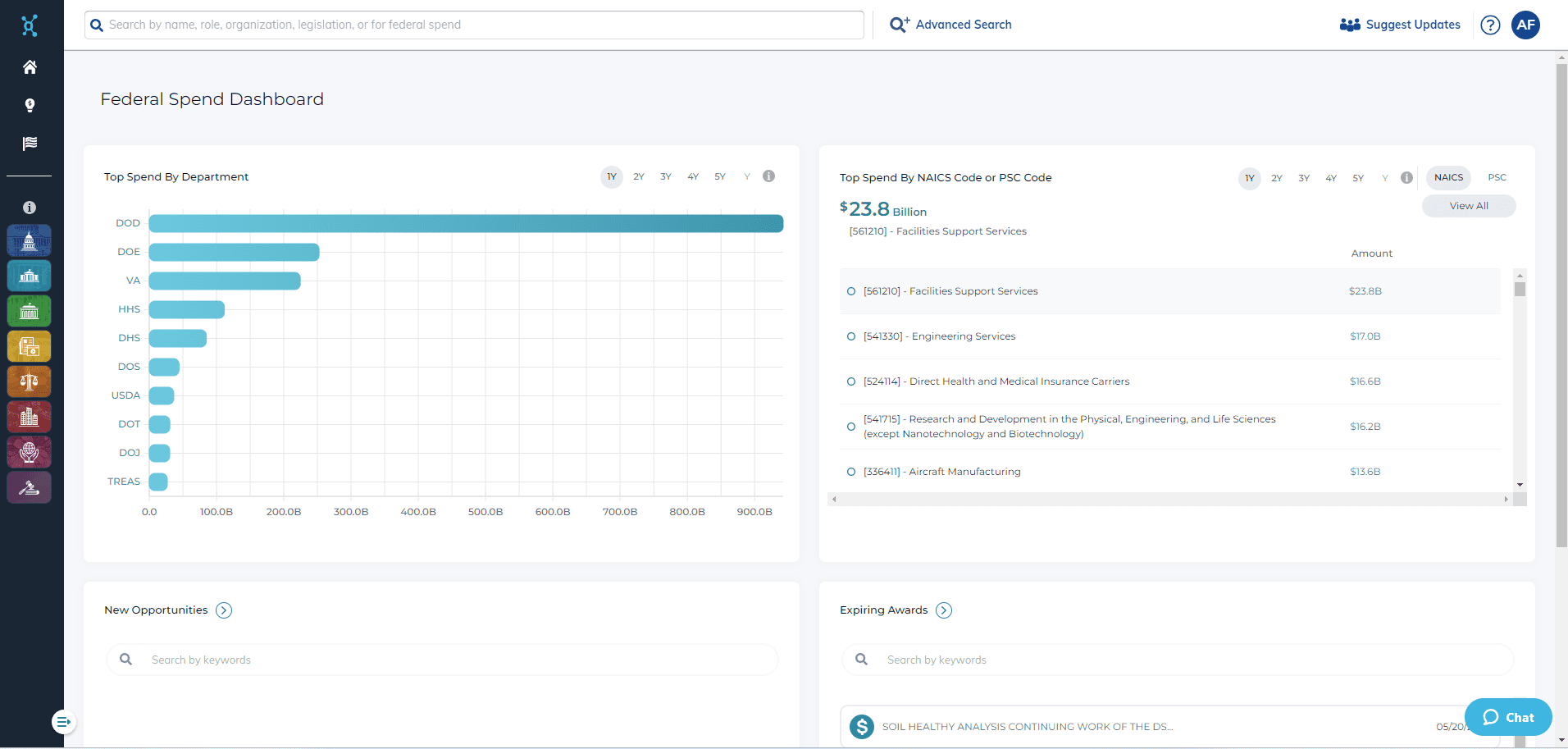
Final tips and tricks
The remainder of the webinar consisted of a segment dedicated to advising those who are in the SBIR program based on our panelists’ years of experience. Additionally, the panelists took audience questions that opened a dialogue about the overall best practices of small businesses and the SBIR program. Check out the overarching tips and tricks our experts left the audience with below:
- Don’t pigeonhole yourself: Avoid only making connections with one office in the DOD. Pursue connections and conversations with multiple departments and offices to increase your network and get ample feedback for your service to advise on how to most effectively bring it to market. The DOD works cross functionally between departments, so more connections means more knowledge of a variety of use cases and you can ensure that your service is in alignment with multiple needs.
- Get more stakeholders: Adding more stakeholders means more skin in the game and more chances of success.
- Plan your transitions early: The SBIR program is structured in three phases, but our panelists recommend planning for the transition between phases as early as Phase 1. If you have your Phase 2 and Phase 3 plans ready to go as early as possible, you’ll be ahead of the curve and ready to bring your service to market in both the public and private sector.
- Focus on TPOC relationships: Never underestimate the importance of conversations with your Technical Point of Contact (TPOC). With their support, you can advance your objectives and make connections in multiple agencies that could serve you in later phases.
- Be flexible! It is not at all uncommon for a change in leadership and agency as you move through the SBIR program. Being interconnected across agencies will help you if you have to move between agencies.
Pro Tip #3: We want to help you get started on your relationship-building endeavors to help you innovate with emerging technologies. You can start with our advanced search features to find communities to help support you. From there, you can check out our relationship maps to find champions through mutual connections, study org charts, and instantly connect with people you want in your corner.
